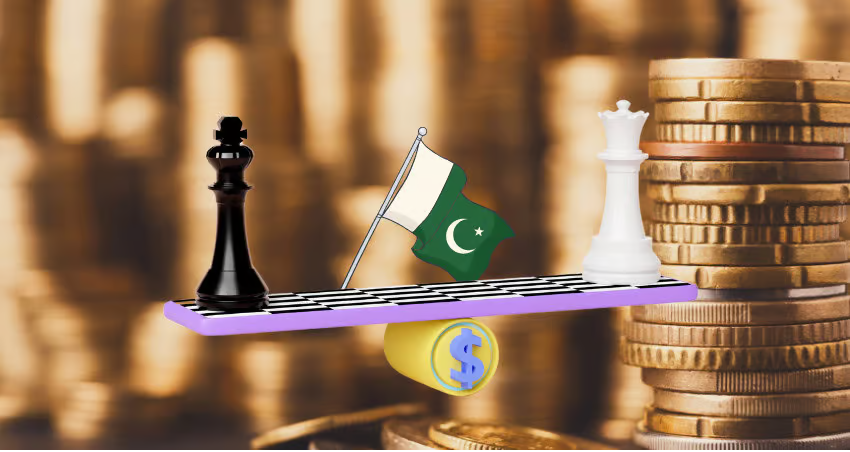Despite facing economic challenges and high debt servicing costs, the Pakistani government managed to advance fiscal consolidation in FY 2023–24 through structural reforms and efforts to broaden the tax base, aiming for long-term fiscal stability.
According to the latest data from the Finance Ministry, the fiscal deficit was reduced to Rs7,090 billion, or 5.4% of the country’s GDP. This achievement was made possible by tighter fiscal management and adherence to key conditions set by the International Monetary Fund (IMF).
Revenue and Expenditures Overview
Total revenues reached Rs9,946 billion, while total expenditures climbed to Rs17,036 billion. The largest expenditure was interest payments, which accounted for Rs8,847 billion, underscoring the heavy burden of domestic and international loans. Defense spending stood at Rs2,193 billion, followed by federal development expenditures at Rs1,049 billion — a 43% increase from the previous year. Subsidies consumed Rs1,297 billion, pensions Rs910 billion, and civil government operations Rs891 billion.
READ MORE:
Spotify Hikes Premium Prices Globally Amid Rising Costs
One of the notable achievements was recording a primary surplus (excluding interest payments) of over Rs2.7 trillion, surpassing the IMF’s target of Rs2.4 trillion.
FBR Performance and Provincial Contributions
While government revenue showed improvement, the Federal Board of Revenue (FBR) failed to meet its collection goal. It gathered Rs11,744 billion, falling short of its Rs12,970 billion target by Rs1,226 billion. The Trader-Friendly Tax Scheme also underdelivered, generating only Rs50 billion.
All four provinces contributed to the fiscal consolidation effort with a combined surplus of Rs921 billion, although this fell short of the Rs1,200 billion target. Punjab led with a Rs348 billion surplus, followed by Sindh with Rs283 billion, Khyber Pakhtunkhwa with Rs176 billion, and Balochistan with Rs114 billion.



